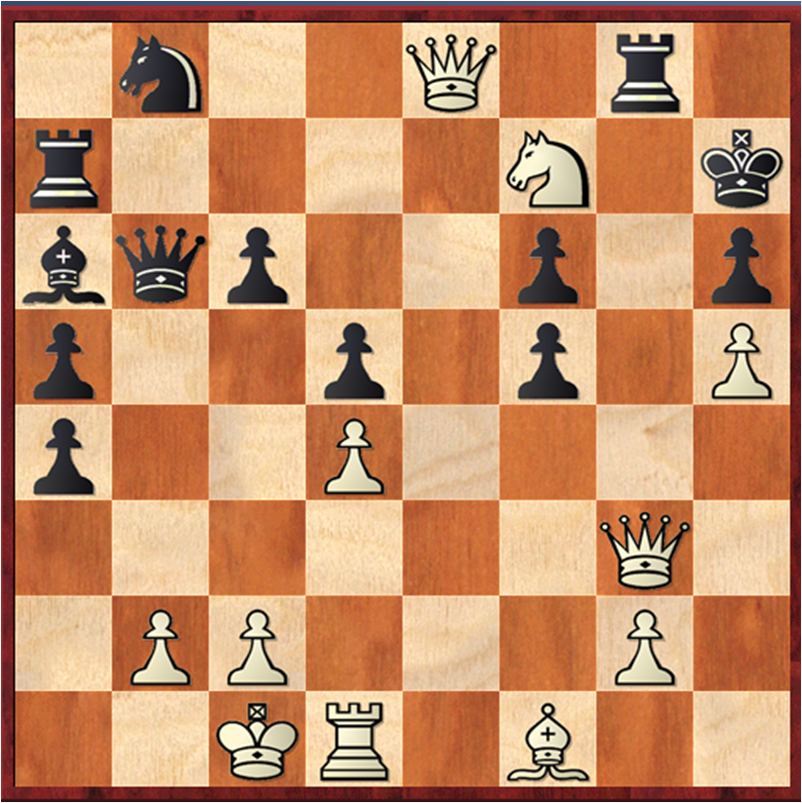Game Theory
- Introduction to Game Theory
- Two-Person Zero-Sum Games
- Non-Zero-Sum and Cooperative Games
- Game Theory in Business and Economics
- Game Theory in Politics
- Psychological Game Theory
- Games of Chance and Risk
- Evolutionary Game Theory
- Games with Sequential Moves
- Game Theory in Social Interactions
- Ethics in Game Theory
- Technological Aspects of Game Theory
- Applying Game Theory in Everyday Life
Games with Sequential Moves
Understanding Credible Threats and Promises in Strategic Decision-Making

Class of turn-based game in which one player chooses their action before the others choose theirs.
In the realm of strategic decision-making, the concepts of credible threats and promises play a significant role. They are integral to the dynamics of sequential games, where players make moves in a sequence rather than simultaneously. This article will delve into these concepts, their role in sequential games, strategies to establish credibility, and real-world examples.
What are Credible Threats and Promises?
In the context of game theory, a threat or promise is said to be credible if the player who makes it has a strategic advantage or incentive to follow through. A credible threat is a potential negative action that one player will take if another player does not comply with their terms. Conversely, a credible promise is a potential positive action that one player will take if another player complies with their terms.
Role of Credibility in Sequential Games
In sequential games, the credibility of threats and promises can significantly influence the outcome. If a player makes a threat or promise that is not credible, the other players may choose to ignore it, altering the course of the game. On the other hand, if a threat or promise is credible, it can compel other players to act in a certain way, potentially leading to a more favorable outcome for the player who made the threat or promise.
Strategies to Establish Credibility
Establishing credibility in threats and promises often involves demonstrating a commitment to follow through. This can be achieved in several ways:
-
Reputation: A player who has a history of following through on their threats and promises is more likely to be perceived as credible.
-
Binding Commitments: If a player can make a binding commitment to follow through on a threat or promise, it becomes credible. For example, a company might sign a legally binding contract that commits it to a certain course of action.
-
Costly Signals: If following through on a threat or promise involves a significant cost, it can signal credibility. For example, a company might invest heavily in a new product line to signal its commitment to the market.
Real-World Examples
Credible threats and promises are prevalent in various real-world scenarios:
-
Business Negotiations: In business negotiations, parties often use credible threats and promises to influence the outcome. For example, a company might threaten to take its business elsewhere if a supplier does not lower its prices.
-
International Relations: In international relations, countries often use credible threats to deter aggression. For example, the concept of mutually assured destruction during the Cold War was a credible threat that helped maintain a delicate balance of power.
-
Personal Interactions: Even in personal interactions, credible threats and promises can play a role. For example, a parent might promise a child a reward for good behavior or threaten a punishment for bad behavior.
In conclusion, understanding the concepts of credible threats and promises and their role in strategic decision-making is crucial for anyone looking to leverage game theory in their decision-making process. By establishing credibility and strategically using threats and promises, individuals and organizations can significantly influence the outcomes of their strategic interactions.